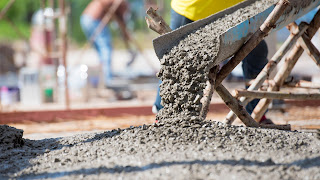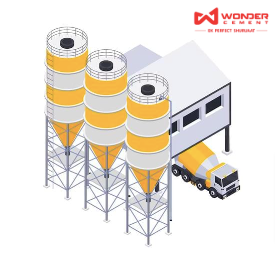Benefits of using Fly ash in construction - Wonder Cement
Coal has several mineral impurities - quartz, clay, shale and feldspar - during combustion; these impurities fuse in suspension and float out of the combustion chamber with the passing exhaust gases. These rising fused materials cool and solidify to form fly ash. Simply put, burning pulverized coal in electric power generating plants results in fly ash as a byproduct. This byproduct does resemble portland concrete, but it’s chemically different.
Different types of fly ash exhibit different properties depending on the chemical and physical properties of both cement and fly ash. In the comparison of cement and water, fly ash and calcium hydroxide generally result in delayed hardening of the concrete.
Fly ash is present in cement as an additive agent. So, terming cement as fly ash cement is incorrect.
Portland Pozzolana Cement (PPC) is manufactured by inter-grinding well-burnt OPC clinker with power-station fly ash or siliceous earth with gypsum. Due to this formulation, the resulting portland concrete is used in various applications, including, plastering, marine work, brickwork, etc. Manufacturer like Wonder Cement goes a step beyond to ensure a better quality of the standard PPC formulation by deploying a fully-automated process and using high-quality raw materials.
But, why fly ash is being used to manufacture cement? What are the properties that make it an essential raw material for cement?
Fly ash provides dual benefits in the development of strength. It reacts with lime release to produce binder and gives additional strength to the resulting concrete.
Using fly ash-based cement helps in preventing the corrosion of steel. As it reduces the availability of free limes and permeability.
The friction between aggregates is greatly reduced by fly ash because of their spherical shape. It also increases fines volume and decreases water content which eventually reduces concrete bleeding.
The availability of fly ash in concrete improves its resistance against carbonated phenomena. The secret to this lies in the pozzolanic reaction which reduces surplus lime and permeability.



Comments
Post a Comment